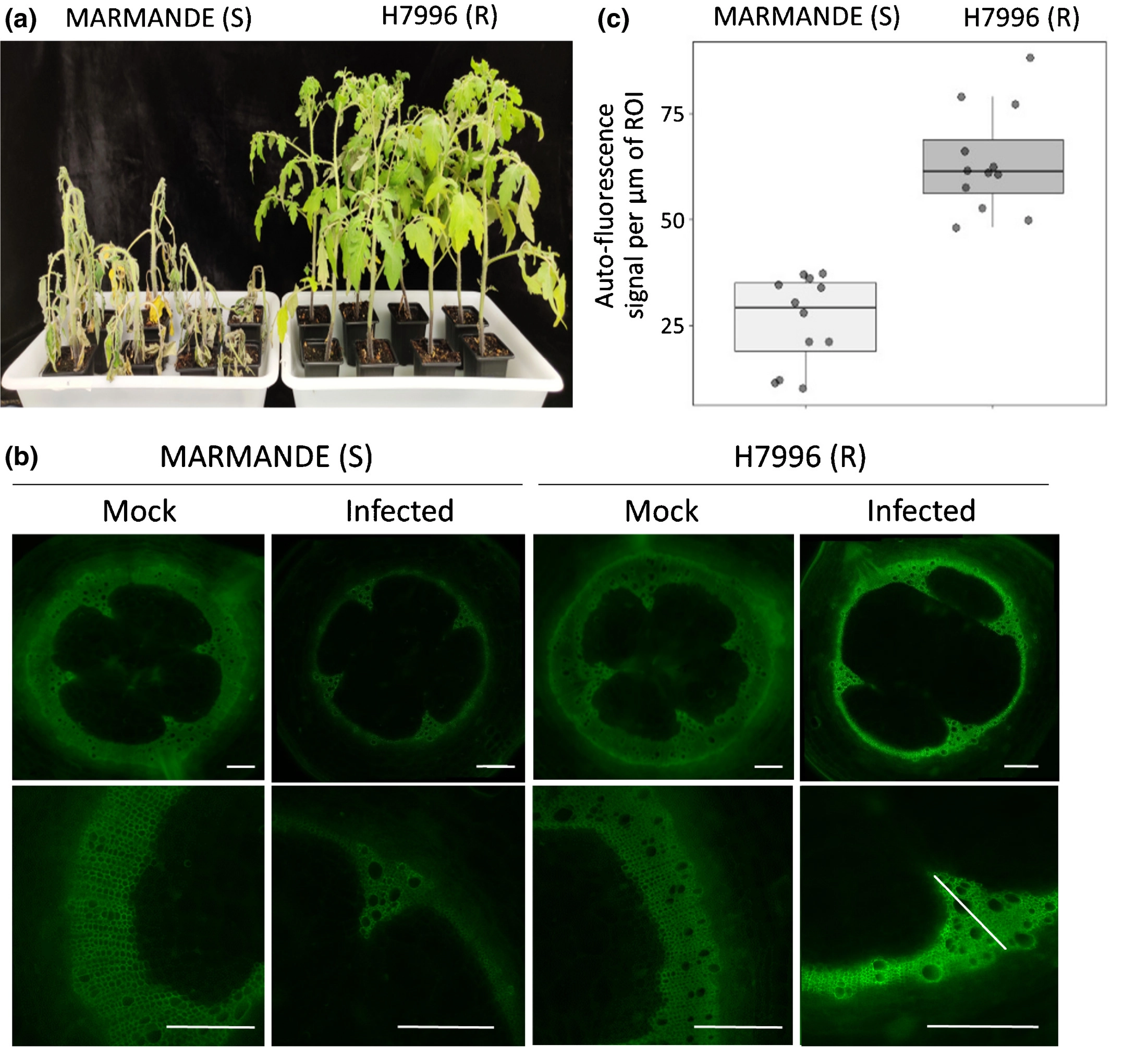
Hot off the press: New Paper in New Phytologist!
The paper “Induced ligno-suberin vascular coating and tyramine-derived hydroxycinnamic acid amides restrict Ralstonia solanacearum colonization in resistant tomato“, was published in New Phytologist.
N&N group members Sumithra Srinivasan and Anna Laromaine were involved in this study that reveals that resistant plants produce wall coatings that prevent bacterial spread to healthy tissues. This publication was a fruitful collaboration between Institute IRNAS, Laboratori del Suro, Universitat de Girona, CSIC, and CRAG.
Abstract:
- Tomato varieties resistant to the bacterial wilt pathogen Ralstonia solanacearum have the ability to restrict bacterial movement in the plant. Inducible vascular cell wall reinforcements seem to play a key role in confining R. solanacearum into the xylem vasculature of resistant tomato. However, the type of compounds involved in such vascular physico-chemical barriers remain understudied, while being a key component of resistance.
- Here we use a combination of histological and live-imaging techniques, together with spectroscopy and gene expression analysis to understand the nature of R. solanacearum-induced formation of vascular coatings in resistant tomato.
- We describe that resistant tomato specifically responds to infection by assembling a vascular structural barrier formed by a ligno-suberin coating and tyramine-derived hydroxycinnamic acid amides. Further, we show that overexpressing genes of the ligno-suberin pathway in a commercial susceptible variety of tomato restricts R. solanacearum movement inside the plant and slows disease progression, enhancing resistance to the pathogen.
- We propose that the induced barrier in resistant plants does not only restrict the movement of the pathogen, but may also prevent cell wall degradation by the pathogen and confer anti-microbial properties, effectively contributing to resistance.
Anna Laromaine, bacteria, biology, coatings, resistant, Sumithra, tomato

